-
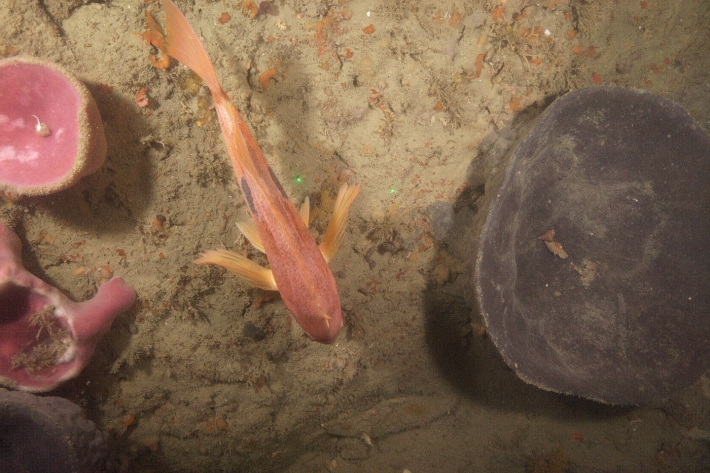
Impacts on marine environment – fisheries and seabed
Research ProjectCyclone Gabrielle resulted in the transport of vast amounts of freshwater, sediment and debris to the marine environment of Te Matau-a-Māui/Hawkes Bay and Tairāwhiti/Gisborne regions. -
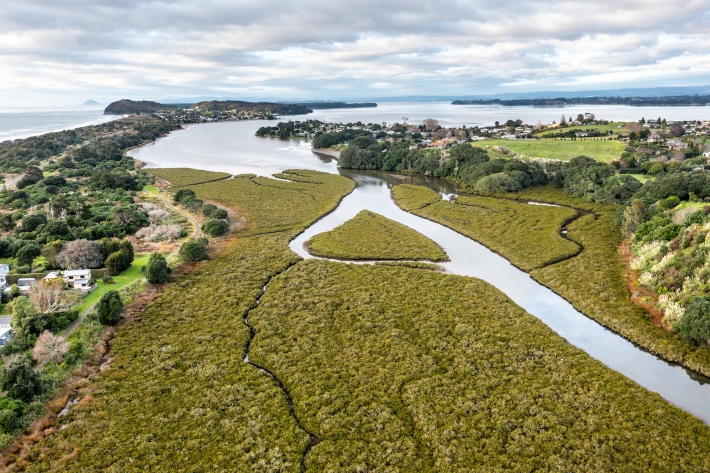
Future Coasts Aotearoa
Transforming coastal lowland systems threatened by sea-level rise into prosperous communities -

Forecasting impacts from extreme weather
Research ProjectThis project aims to establish connections between weather and river flow forecasting, inundation prediction and risks to people and assets. -
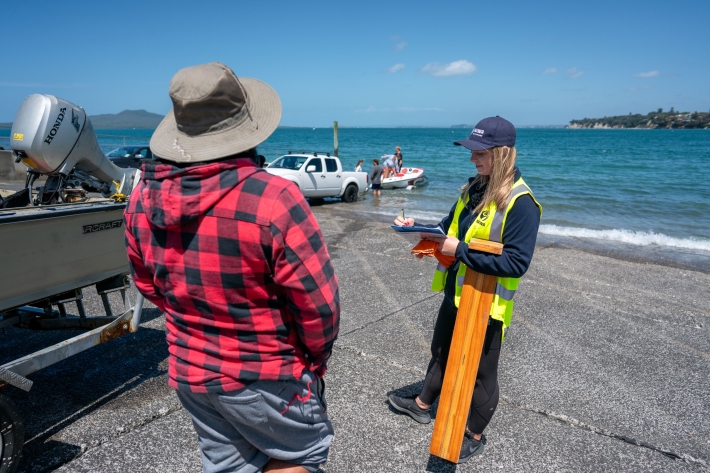
Recreational fishing
Research ProjectUnderstanding the trends in recreational fisheries is key to ensuring sustainable fisheries across the country. -

Improved sustainability of the demersal line fishery in Tonga
Research ProjectThe Tongan deepwater demersal line fishery is a valuable source of income, livelihood, and social well-being for the people of Tonga. The fishery has a history of boom-and-bust cycles with fluctuating catches and poor economic returns. -
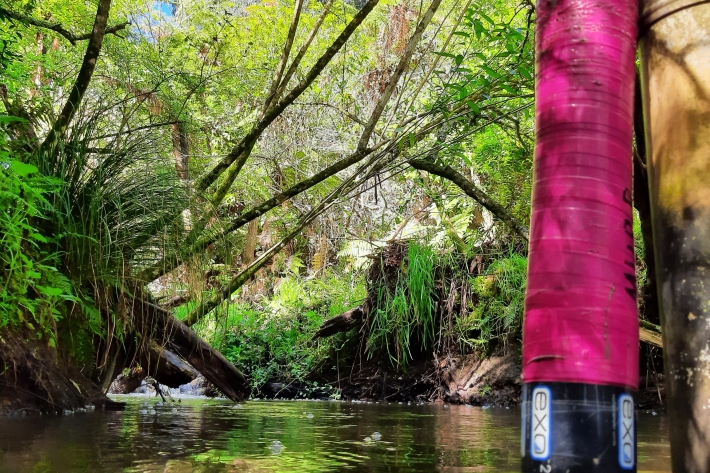
High Frequency Water Quality Monitoring Guidance
Research ProjectUpdated 2025 – guidance for water quality monitoring in rivers, lakes and estuaries -
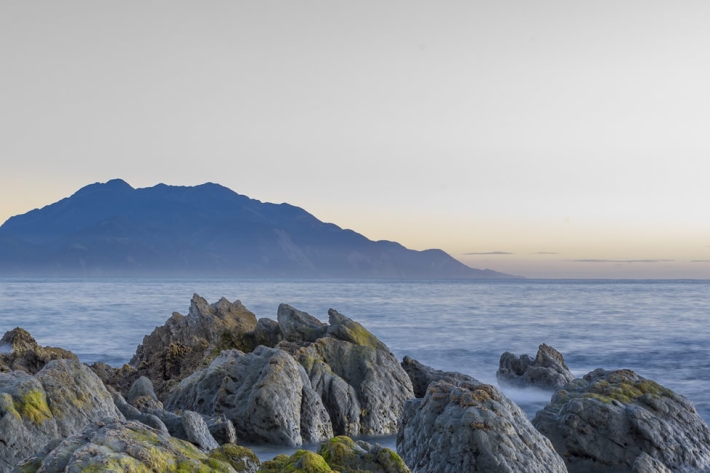
Tides
Research ProjectOn this page, you can find information about tide forecasts, sea-level network, tidal model of New Zealand's EEZ, and red-alert days for coastal flooding. -
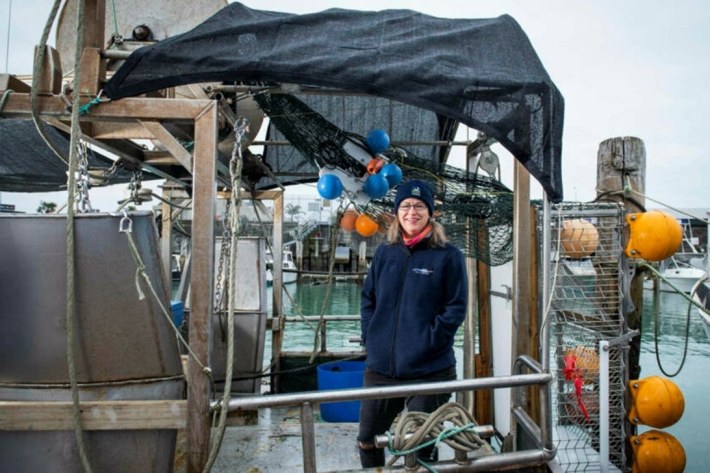
Novel underwater selection tools for environmentally and economically sustainable fishing
Research ProjectThis NIWA-led, three-year project developed a high-tech protype system to minimise bycatch of unwanted species in trawl gear. -
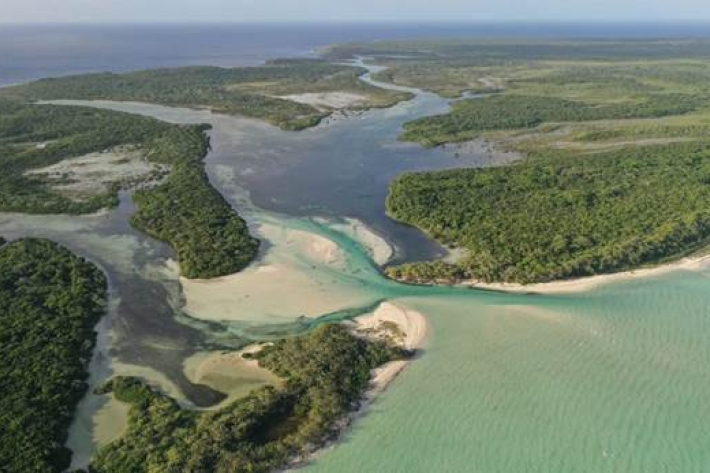
Pacific atoll mangrove forests losing ground to sea-level rise
Research ProjectMangrove systems on oceanic atolls may lose the race to keep pace with sea-level rise. -
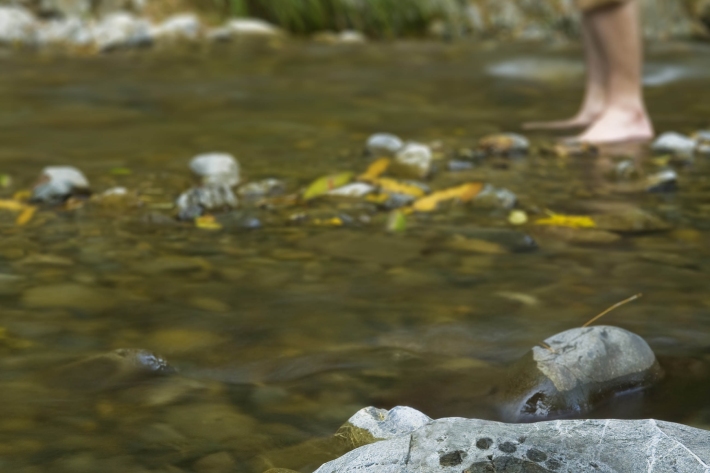
Climate and Māori Society
Research ProjectClimate has always been important for Māori. It affects natural environmental systems and resources, influences social-ecological knowledge and practice, shapes community vulnerability and resilience. -

Reducing COVID-19 transmission through increased ventilation
Research ProjectFunded by the Ministry of Health, NIWA air quality researchers are carrying out research to understand ventilation behaviour and examine how well spaces used by our most vulnerable populations are, and could be, ventilated. -
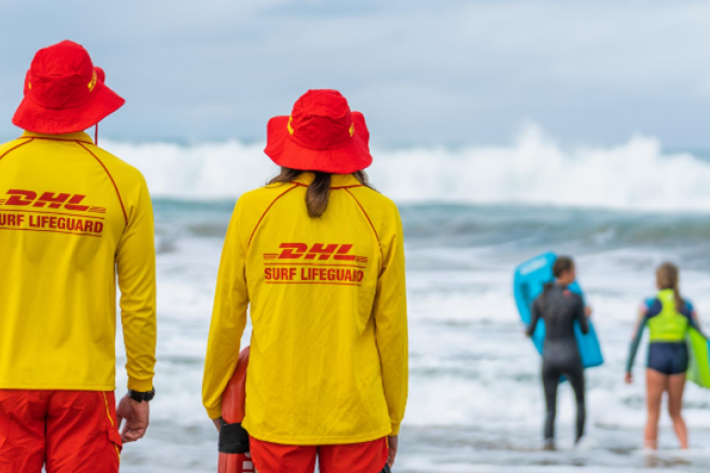
Identifying rip currents using artificial intelligence
Research ProjectNIWA and Surf Life Saving New Zealand are working together to develop a state-of-the-art, rip current identification tool.
